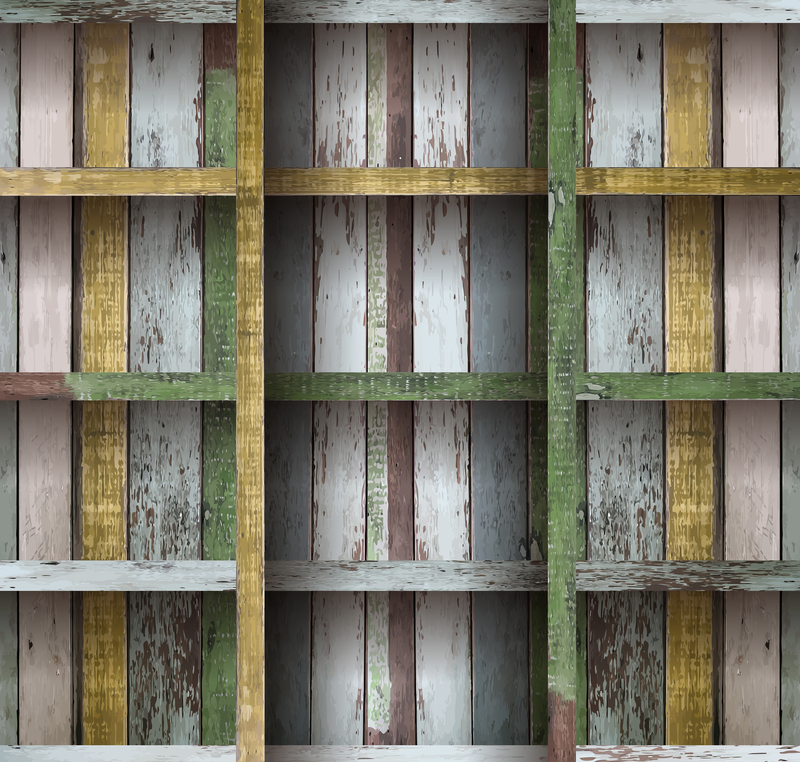What to Do with Damaged or Rusty Cookware: Tips for Restoration and Disposal
It's a scenario every home chef encounters - you reach for your favorite skillet or pot, only to discover patches of rust, a cracked handle, or suspicious build-up on the surface. *What to do with damaged or rusty cookware?* Before you toss it in the trash or resign it to the back of your cupboard, read on. This comprehensive guide will explore practical, eco-friendly, and safe solutions for dealing with damaged and rusty pots, pans, and utensils, ensuring your kitchen remains a haven for culinary creativity.
Understanding the Types and Causes of Damaged Cookware
Common Types of Damage in Cookware
- Rust formation on cast iron, carbon steel, and even stainless steel cookware
- Cracked or chipped enamel in coated pots and pans
- Warping or denting of metal cookware
- Nonstick coating deterioration such as peeling or scratching
- Bent or broken handles and loose screws
- Discoloration or burnt-on residue
Why Cookware Gets Damaged
Cookware endures high heat, water, food acids, and cleaning agents during its lifespan. Rust forms when iron reacts with moisture and oxygen, especially if seasoning is not maintained on cast iron. Nonstick coatings can be compromised by abrasive cleaners or metal utensils. Understanding the causes of damage can prolong your cookware's life and help you choose the best restoration method.

Can You Save Rusty or Damaged Cookware?
Not all damaged or rusty cookware needs to be discarded. Often, with a bit of knowledge and elbow grease, you can restore rusty cookware and safely return it to service. However, there are cases where replacement is the safest or only option.
Assess the Severity of Damage
- Surface rust can usually be cleaned, especially on cast iron and carbon steel.
- Deep pitting, cracks, or significant loss of material may mean the cookware should be replaced.
- Peeling nonstick coatings should not be ingested, and such cookware should generally be discarded or recycled.
- Loose or broken handles can often be repaired with a screwdriver or replacement parts.
- Enamelware with minor chips can be used with care (avoid acidic foods), but large chips may expose dangerous metal and are best avoided.
How to Restore Rusty Cookware
Cleaning and Restoring Cast Iron
Cast iron skillets and Dutch ovens are both beloved and prone to rust. If you find rust has developed, follow these steps to restore your cookware:
- Use coarse salt and a scrub brush or steel wool to remove surface rust. For advanced rust, try a vinegar soak (equal parts water and white vinegar), checking every 30 minutes to avoid eating through healthy metal.
- Rinse and thoroughly dry immediately - moisture is your enemy!
- Rub the surface with a thin layer of neutral cooking oil (like vegetable or flaxseed oil).
- Place upside down in a 450?F (232?C) oven for one hour to re-season and rebuild the nonstick coating.
Note: Repeat seasoning process if necessary. Well-maintained cast iron should last for generations.
Dealing with Rust on Stainless Steel Cookware
Stainless steel is resistant to rust, but not immune--especially if the protective chromium layer wears off.
- Spot-clean rust with a paste of baking soda and water, scrub gently with a non-abrasive pad.
- For stubborn stains, try a specialized stainless steel cleaner or a vinegar soak.
- Rinse and dry thoroughly after cleaning to prevent further rust.
If rust persists, or pitting is present, the cookware may be compromised and should be disposed of safely.
Repairing Enamelware and Glass Cookware
- Small chips on enamelware can be covered with food-safe enamel repair kits, but these are only suitable for exterior chips. Avoid exposing the repaired area to direct heat or acidic foods.
- If glass cookware is cracked or chipped, it's best to stop using it, as glass shatters can be dangerous--these items should be recycled.
Fixing Nonstick Cookware
- Mild scratches are often only cosmetic, but if you see flaking or peeling, it's time to retire your pan.
- There is no safe DIY fix for damaged nonstick coating, as ingesting Teflon fragments can be harmful.
If the base metal (aluminum or steel) is still intact, look for professional resurfacing services in your area, or consider replacement.
When to Dispose of Damaged or Rusty Cookware
Signs It's Time to Discard Old Pots and Pans
- Severe rust with pitting or holes that compromise the structure of cast iron or other metals.
- Nonstick pans with flaking coating or persistent scratches.
- Cracked glass or ceramic cookware that could shatter during use.
- Heavily warped pans that don't sit flat on the stove and cook unevenly.
Eco-Friendly Ways to Get Rid of Damaged Cookware
Once you've decided that restoration isn't possible, don't just toss your cookware into the trash! Consider these greener options:
1. Recycle Metal Cookware
- Cast iron, stainless steel, and aluminum pans can often be recycled at scrap metal facilities.
- Remove plastic handles or non-metal parts before recycling.
- Nonstick pans are sometimes accepted, but check with your local recycling center, as the coating may require special handling.
2. Upcycle or Repurpose
- Use old pots as planters for herbs or flowers.
- Convert cast iron skillets into rustic serving dishes for outdoor gatherings or camping.
- Turn broken lids into kitchen wall art or message boards!
- Crafty individuals might turn cookware into bird feeders or quirky storage bins.
3. Donation
- If your cookware still functions but has cosmetic damage, donate it to charities, shelters, or community kitchens.
4. Safe Disposal
- Check with your local municipality about hazardous waste or bulky item collection for cookware that can't go in curbside recycling.
How to Prevent Rust and Damage in the Future
Prevention is always better than cure! If you want to keep your cookware in excellent shape, follow these useful tips for maintaining pots and pans:
- Dry cookware thoroughly after washing to prevent rust.
- Store cast iron with a light film of oil and keep it in a dry place.
- Avoid metal utensils on nonstick pans - use wood, nylon, or silicone instead.
- Let hot cookware cool before submerging in cold water, as thermal shock can cause warping.
- Regularly check handles and screws for tightness and repair as needed.
- Use gentle sponges and avoid harsh abrasives unless scrubbing cast iron.

Frequently Asked Questions About Rusty or Damaged Cookware
Is it Safe to Cook with Rusty Pans?
Cooking with small patches of rust on iron cookware is generally not dangerous, as iron oxide isn't toxic. However, rust can negatively affect the taste and texture of food, and long-term ingestion isn't recommended. Always remove rust and re-season the surface before using. For nonstick or heavily damaged surfaces, avoid use entirely.
Can You Recoat a Nonstick Pan?
Consumer-level recoating isn't recommended as the process requires industrial equipment. Professional resurfacing is possible but usually costs as much as buying a new pan.
How do I Keep My Cookware Looking New?
Clean your cookware promptly after use, dry thoroughly, apply oil to iron pieces, and store properly. Avoid stacking nonstick pans to prevent scratches.
Are There Health Risks with Chipped Enamel or Nonstick Cookware?
- Chipped enamel is mostly hazardous due to sharp edges or exposure of the underlying metal (which could contain lead in very old pieces). Avoid using cookware with large chips.
- Peeling nonstick coating (like Teflon) can release particles and harmful fumes at high heat. It's best to replace such cookware.
Final Thoughts: Making the Most of Your Cookware
Whether you own an heirloom cast iron skillet, a trusty nonstick saute pan, or a collection of stainless steel pots, maintenance is key to a long lifespan. When faced with damaged or rusty cookware, always weigh your restoration options carefully. Cleaning and seasoning can work wonders, but when safety is compromised, seek out eco-friendly ways to dispose of your pots and pans. By adopting good care habits and recycling responsibly, you'll keep both your kitchen and the environment safe.
The next time you wonder what to do with damaged or rusty cookware, remember this guide - and enjoy healthier, tastier, and more sustainable cooking for years to come!
